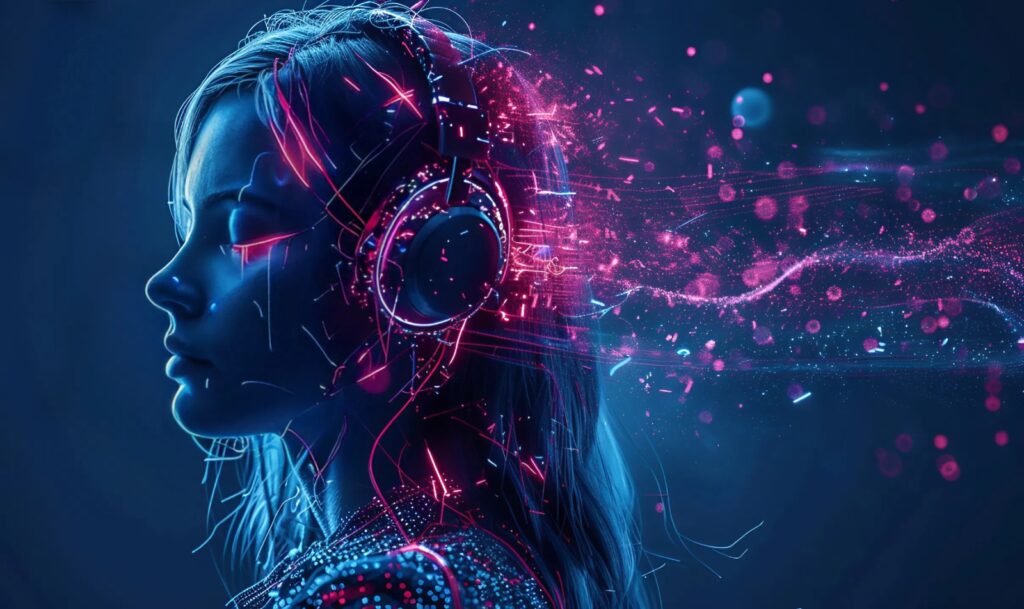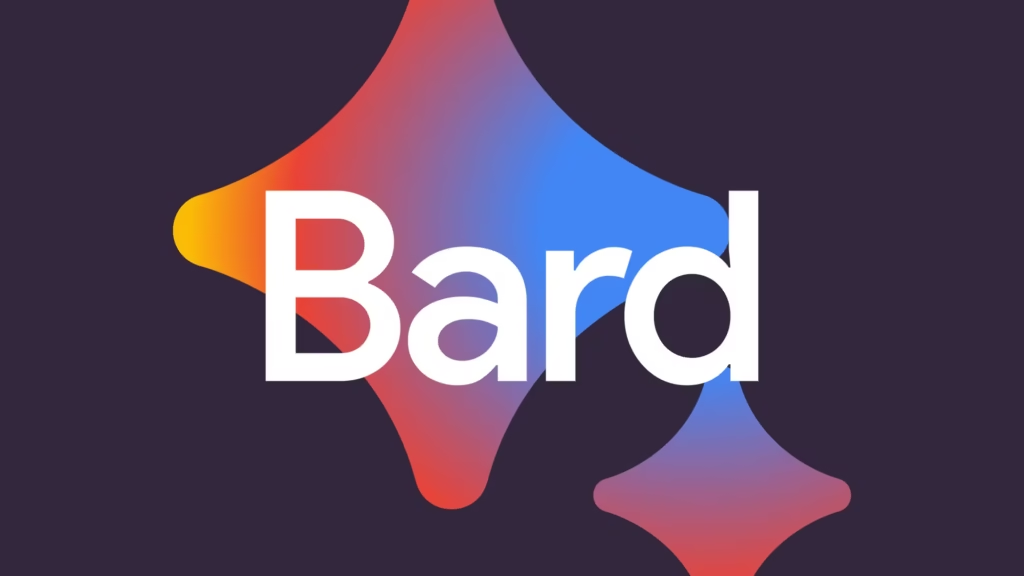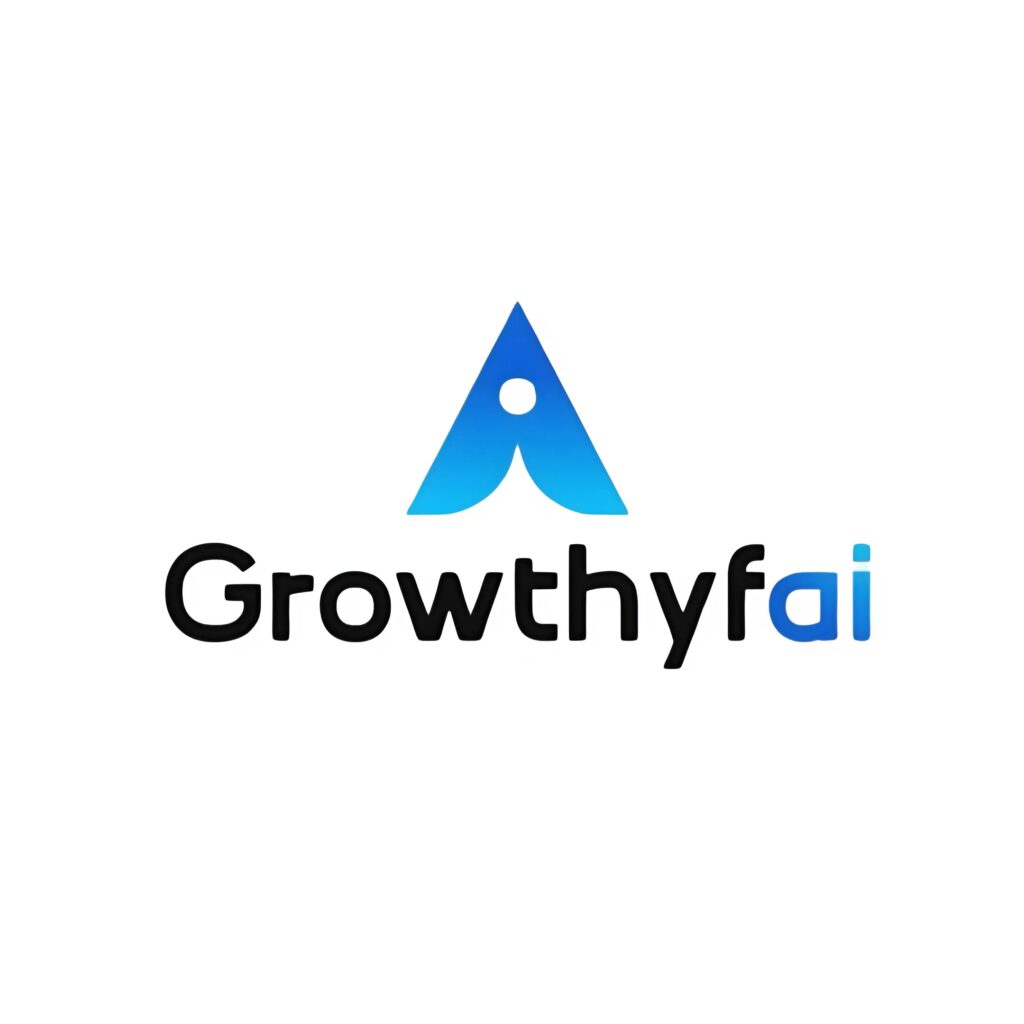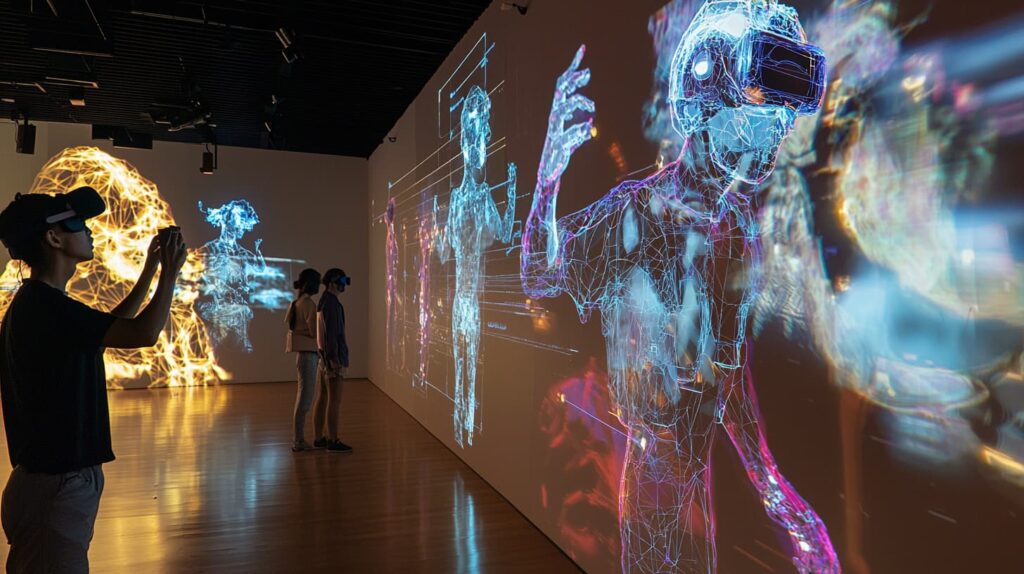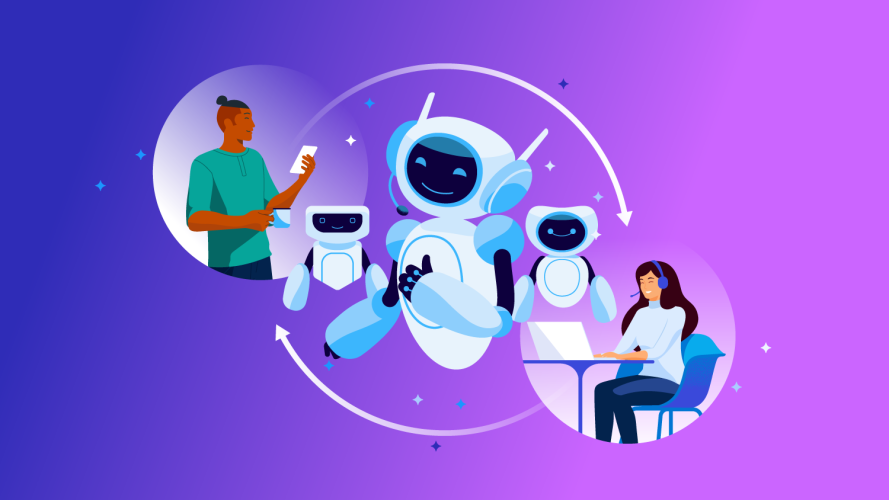The Rise of AI-Native Design: Redefining Aesthetic Norms
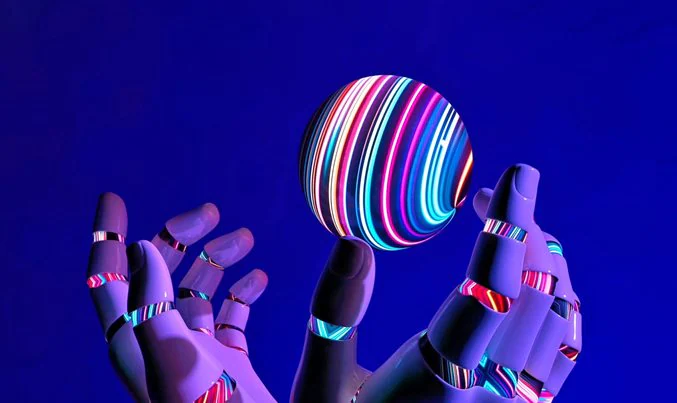
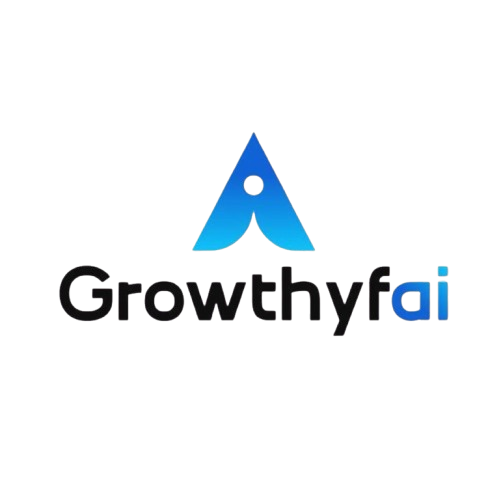
Artificial Intelligence (AI) has permeated nearly every aspect of our lives, fundamentally altering the landscape of numerous industries, from healthcare and automotive to finance and education. One domain that is experiencing a transformative wave, driven by AI, is design. AI-native design is pushing boundaries, challenging traditional aesthetic norms, and opening new horizons of creativity. This new paradigm is not merely a clash between the digital and artistic worlds but a harmonious blend that offers unprecedented opportunities for innovation and redefinition.
Understanding AI-Native Design
AI-native design refers to the creation of designs, products, or artworks that are conceived and developed with the integration of AI technologies. Unlike conventional design processes where AI acts as a tool in the hands of designers, AI-native approaches place AI at the core of the creative process. This transformation not only enhances traditional techniques but also liberates designs that previously seemed unimaginable.
With AI-driven algorithms and machine learning, AI-native design tools learn and adapt from vast datasets. They can now generate high-quality, novel designs following specific guidelines or even create new aesthetic trends autonomously. Programs like DeepArt or AI capabilities of design platforms such as Canva and Adobe are democratizing design by enabling both amateur and expert designers to explore innovative ideas with minimal resources.
—
AI-Native Design: A New Aesthetic Language
The introduction of AI into design heralds a shift in aesthetic norms. Traditionally, design aesthetics have been governed by cultural connotations, historical influences, and individual creative instincts. However, AI-native design operates on a different level by integrating vast datasets and varied cultural motifs, creating a unique aesthetic language that is both universal and deeply personalized.
For example, fashion brands like Dior and Tommy Hilfiger have adopted AI to analyze fashion trends and consumer preferences, resulting in clothing lines that resonate more closely with global audiences. Similarly, AI tools like RunwayML or Artbreeder allow artists to compile and recombine visual elements to produce unique creations that defy traditional artistic principles. Through these applications, AI-native design is cultivating a new wave of aesthetic norms that embrace inclusivity and global diversity.
—
Harnessing AI for Personalized Design
One of the most remarkable offerings of AI-native design is personalization. By leveraging AI, designers and companies can create products tailored to individual tastes and preferences at a scale and speed that was previously impossible. This personal touch is not just about customization but involves a deeper, data-driven understanding of consumer desires.
In the digital space, AI-powered platforms use user data to generate personalized web designs or digital experiences. Spotify, for example, employs AI algorithms to curate playlists based on individual listening habits, creating a uniquely personalized experience for each user. In architecture, AI systems like Archistar assist architects in designing buildings that cater to specific user needs and environmental conditions. These developments point to a future where the “one-size-fits-all” model will be outdated, replaced by genuinely bespoke designs powered by AI.
—
AI and the Democratization of Design
AI-native design is democratizing the creative process, making it accessible to a broader audience. With the rise of user-friendly AI tools, individuals without formal design training can now experiment with and create their own designs. This democratization is fostering a more inclusive design ecosystem where diverse voices contribute to aesthetic development.
Platforms like Canva utilize AI to offer templates and design suggestions that enable anyone to produce professional-quality graphics. Similarly, emerging AI tools allow users to visualize complex data or 3D models without extensive technical knowledge. By lowering the barriers to entry, AI-native design is encouraging a new era of creativity and innovation across various sectors.
—
Challenges and Ethical Considerations in AI-Native Design
Despite its promise, AI-native design is not without challenges. One of the primary concerns is the potential loss of the human touch in creative processes. As AI takes on a more significant role, there is a risk that design could become overly homogeneous or lack the soulful expression traditionally associated with human-created art.
Moreover, ethical considerations arise regarding data use and bias within AI algorithms. Since AI systems learn from existing data, they might perpetuate existing biases in design norms or user preferences. It is crucial for designers and developers to ensure that their AI systems are transparent, unbiased, and ethically sound in their creations.
Additionally, intellectual property rights pose a challenge. As AI systems generate unprecedented designs, determining ownership of such creations remains ambiguous from a legal perspective. Policymakers, designers, and technologists must collaborate to establish ethical and legal frameworks that balance innovation with accountability.
—
Conclusion: Embracing the New Aesthetic Era
AI-native design promises to redefine aesthetic norms by pushing the boundaries of creativity and personalization. As AI continues to evolve, it will unlock new potential for designers, artists, and consumers alike, fostering a design ecosystem that is both globally inclusive and distinctly personalized. Although challenges remain, the benefits of AI-native design are promising, offering a future where creativity is not only augmented by technology but also enriched by it.
As we stand on the threshold of this new era, embracing AI-native design means accepting the endless possibilities it holds for redefining our visual and functional landscapes. By nurturing a collaborative relationship between human creativity and machine intelligence, we can pave the way for innovative designs that resonate with the diverse tapestry of human expression.

